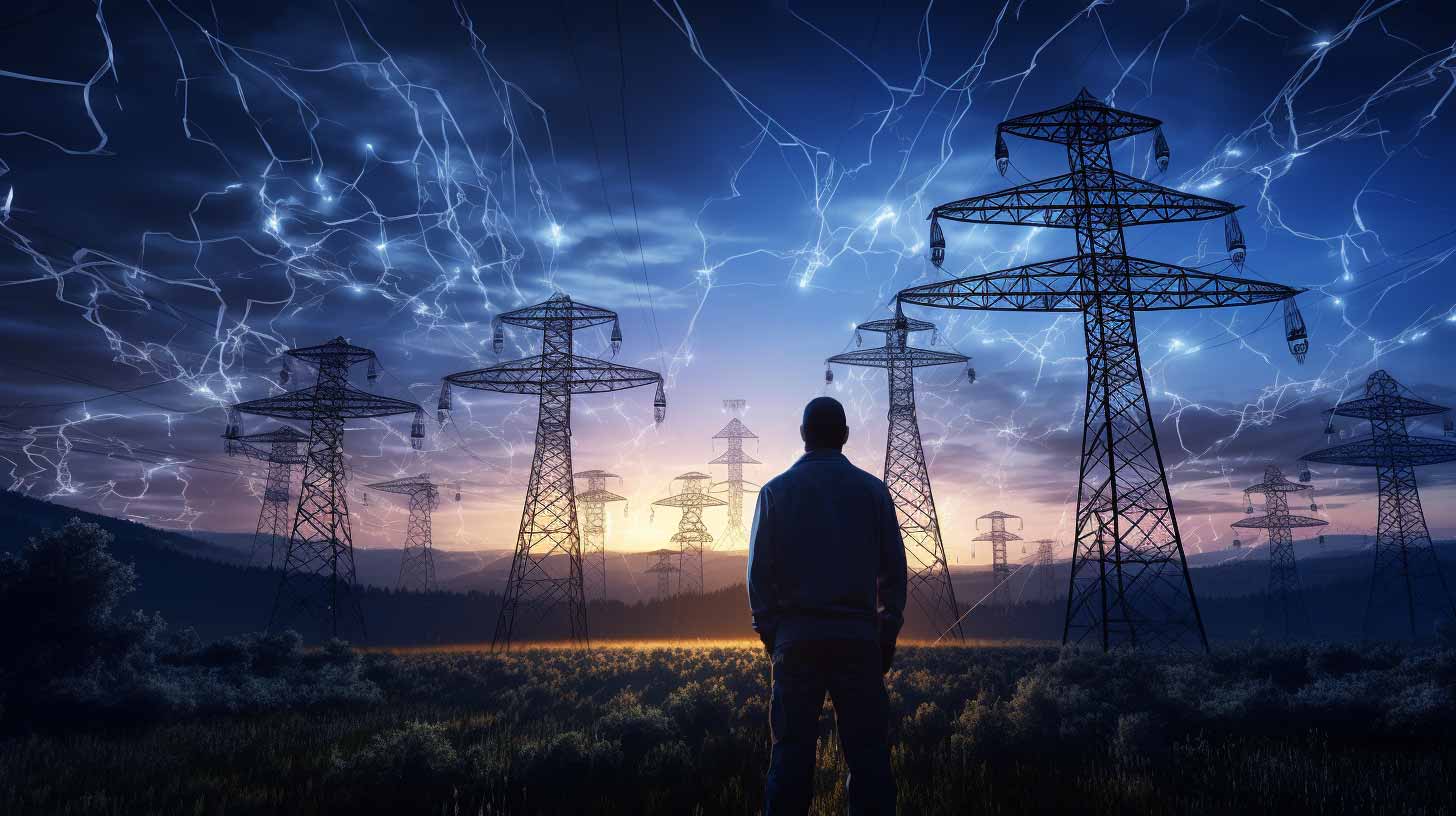Grid over-voltage is a critical issue in the power industry, resulting in challenges for homeowners such as inverter disconnection from the grid and increased energy consumption.
In 2016, Australian standards (AS 4777.2) imposed a 255V output limit on inverters, causing them to shut off when unable to overcome high grid voltage. This limitation has significant implications for energy consumption and power bills, with the impact varying depending on factors such as appliance type and inverter modernity.
To address grid over voltage, energy providers have a legal obligation to rectify voltage levels that exceed the Australian standard, and individuals can seek resolution by contacting the relevant Distribution Network Service Provider (DNSP).
At Lamora Energy, we aim to make renewable energy a substantial part of the national energy infrastructure. By providing services and expertise in home solar energy, we contribute to addressing grid over-voltage challenges.
This article explores the causes and mechanisms of grid over voltage, discusses the limitations imposed on inverters, examines the impact on energy consumption and power bills, and highlights the legal obligations and contact information for resolving grid over-voltage issues.
Key Takeaways
- Grid over voltage occurs when powerline voltage exceeds Australian standards, which can be caused by the grid functioning outside of standards or the inverter adding more power.
- There is now a 255V output limit on inverters, causing issues when inverters cannot overcome high grid voltage and shut off.
- Grid over voltage can result in increased energy consumption and higher power bills, with factors such as appliance type and inverter modernity affecting the impact.
- It is essential to contact the Distribution Network Service Provider (DNSP) to request a voltage reduction if it exceeds the Australian standard, as DNSPs are legally obligated to fix voltage issues.
Causes and Mechanism
One possible cause of grid over-voltage is when the grid operates outside of the Australian standard range of 230V +10% -6%. In such cases, the voltage can exceed the limits set by the inverters, resulting in disconnection from the grid.
Another cause is the inability of inverters to increase the voltage to overcome high grid voltage, due to their limit of 255V. Grid over voltage can have a significant impact on solar panel performance, affecting the efficiency and output of solar systems.
Australian Standards (AS 4777.2) and Inverter Limitations
Changes to Australian standards in 2016 imposed a 255V output limit on inverters, impacting their ability to regulate voltage in response to high grid voltage. This change was implemented to prevent grid over-voltage and ensure the stability of the power system.
The limitation on inverters has had a significant impact on the performance of solar systems. Inverters, which previously could increase the voltage to overcome high grid voltage, are now forced to shut off when the voltage exceeds the limit in areas where the grid operates at a higher voltage. This can result in increased energy consumption and higher power bills for consumers.
For example, say your system sends energy back into the grid at 5V. If the grid operates at 240V, then the total voltage is 245V and does not create an issue as it is within the allowable limit. On the other hand, if the grid is operating at 252V, then the combined voltage is 257V, more than what is allowed, and your inverter will shut off.
Energy Consumption and Power Bills
Research has shown that high grid voltage levels and the limitations imposed on inverters can have a significant impact on energy consumption and power bills. Factors affecting energy consumption include appliance type and inverter modernity. Rooftop inverters operate at slightly higher voltages than the grid to send energy back, but if the grid is set at high levels, tripping issues can persist. This can lead to increased energy consumption and higher power bills.
Mitigating grid over-voltage risks is important to reduce energy consumption and power bills.
Legal Obligations and Contact Information
Energy distributors, also known as DNSPs, are legally obligated to rectify voltage levels that exceed the Australian standard. When grid over-voltage occurs, it can have a significant impact on renewable energy systems. Rooftop inverters, for example, operate at a slightly higher voltage than the grid to send energy back. If the grid voltage is set too high, it can cause tripping issues and affect the overall performance of the renewable energy system.
To overcome grid over-voltage challenges, solutions such as voltage reduction by DNSPs can help. By contacting the DNSP and requesting a voltage reduction, energy consumption and power bills can be reduced. This not only ensures reliable power but also promotes the efficient use of renewable energy resources.
List of Australian Distribution Network Service Providers (DNSPs)
ACT: Essential Energy | EvoEnergy
NSW: Ausgrid | Endeavour Energy | Essential Energy
NT: Power and Water Corporation
QLD: Energex | Ergon Energy
TAS: TasNetworks
VIC: CitiPower | Powercor | Jemena | AusNet | United Energy
WA: Horizon Power | Western Power







